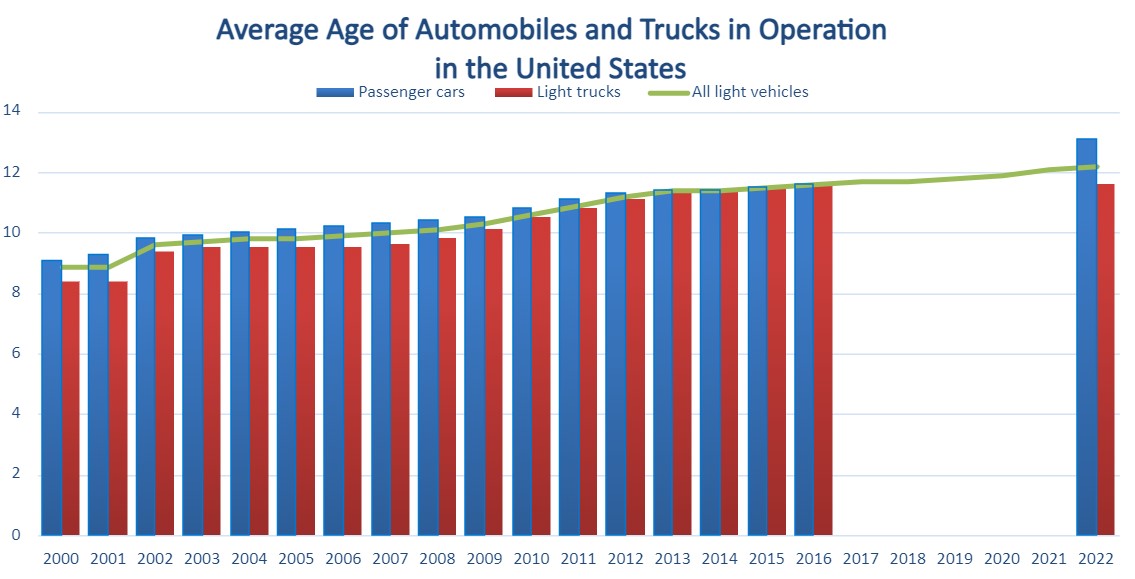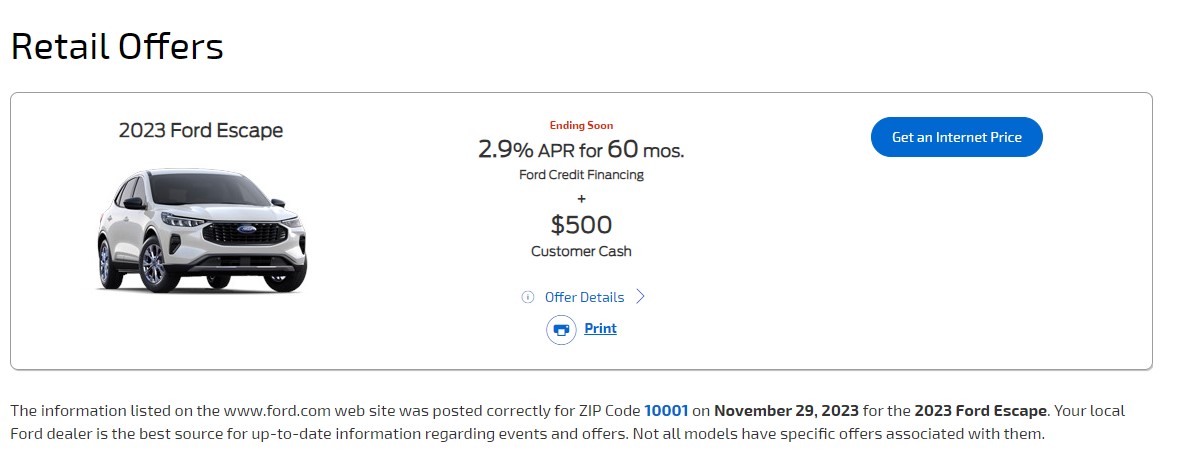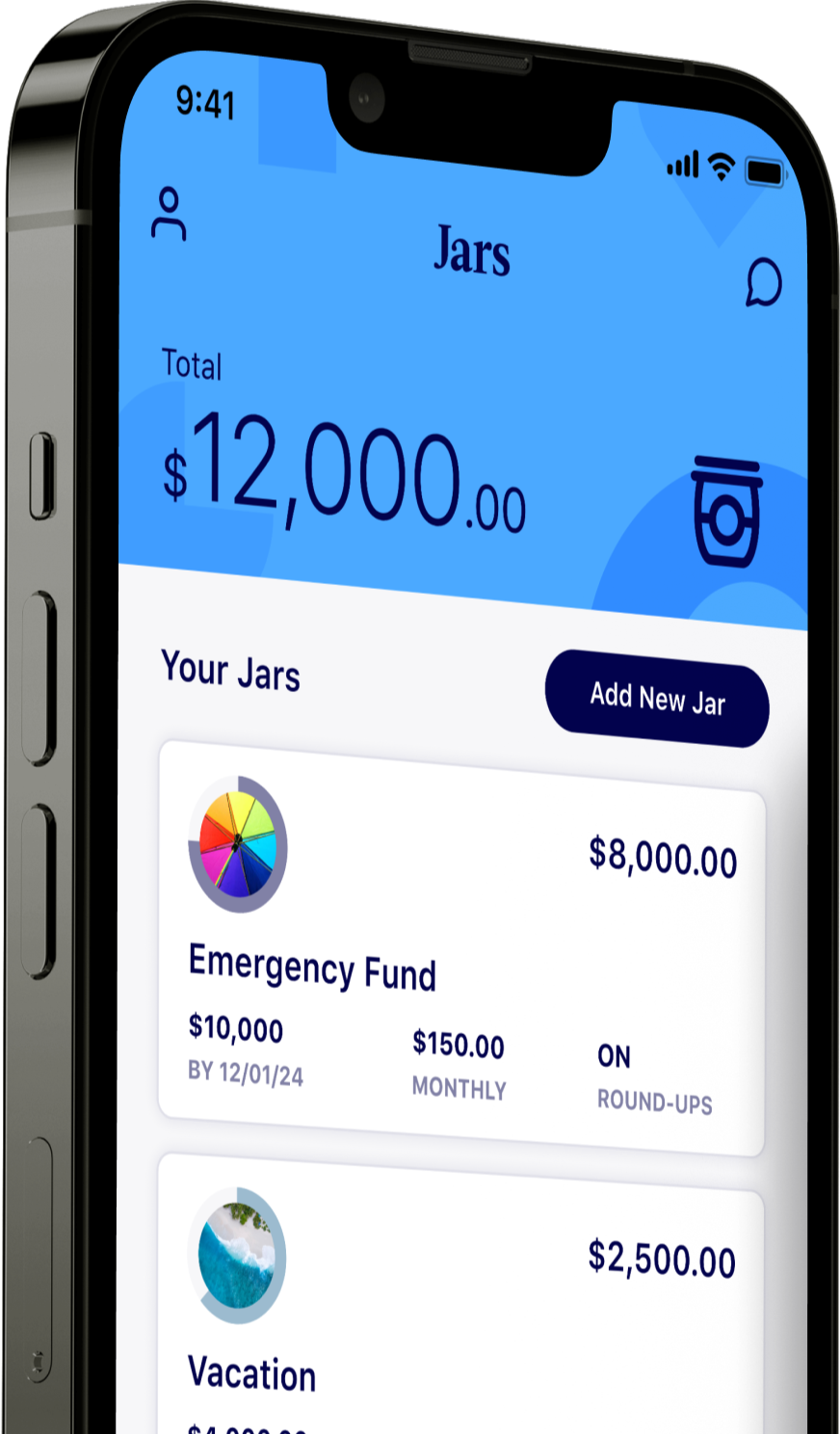Shopping for a car in 2024? We’ll catch you up to speed on the car-buying landscape. The car market has seen some major shifts in the last few years due to supply constraints, demand, new technology, and changing consumer preferences. In 2023, the average price of a new car was over $48,000. According to Kelley Blue Book, there was a 24% increase from September 2020 to September 2023. Consumers in the market for a new or used car are likely wondering when they can snag a better deal on their next vehicle.
Whether you’re considering new or pre-owned vehicles, leasing or buying, financing or paying in full – there’s a lot to research and factor in when making this big purchasing decision. We’ve collected industry expert predictions and recent market data to help you make informed decisions throughout the car shopping process.

Will Car Prices Drop in 2024?
The first question on a car shopper’s mind is likely whether car prices will decrease in 2024. Short answer? No. Unfortunately, industry experts predict that car prices will likely not drop, and there are multiple factors contributing to that.
What has caused the jump in car prices? First, production stoppages during the coronavirus pandemic lockdowns impacted the number of new cars for sale. Sales of new vehicles were down 15% in 2020 compared to 2019. This also impacted resale vehicle inventory. More people held onto their existing cars rather than trading up, with tight inventory and remote work reducing wear and tear on millions of vehicles for an extended amount of time.
In general, manufacturers and Americans are also making cars last longer – about 33% longer than 22 years ago. The Bureau of Transportation Statistics has found that the average age of automobiles and light trucks in operation in the United States has gradually increased. In 2000 the average car or light truck was on the road for about nine years; this grew to over 10 years in 2010 and over 12 years in 2022. Older cars on the road means that there is less of a pipeline for used cars, which drives up prices when people are competing for reduced options. New cars that are made better to last longer may also cost more to produce.

Another factor is a shift in the price point of vehicles for sale. There are fewer new vehicles for sale at the lowest price point than years prior. In 2023, just one model – the Mitsubishi Mirage – had an average transaction price under $20,000, compared to 12 models in that price point five years ago. Consumer Reports shares that this is due to changes in fuel economy standard regulations that previously incentivized automakers to offer more of those small, entry-level cars with better gas mileage. (Though it is worth noting vehicles overall are more fuel efficient compared to the past.) If you’re shopping for a new car in 2024 (and beyond) with a tighter budget, you may have more limited options.
Another supply-side factor impacting car prices in the new year is lease returns. With Americans holding onto their cars for longer, dealerships have looked to leased vehicle returns as a steady stream of higher quality pre-owned vehicles since they tend to have lower mileage and are typically around only three years old. In 2024, lease returns are expected to rise then fall. Experian predicts, “retail leasing returns will rise to 1.1 million in the second quarter of 2024, but then fall to only 640,000 by the end of that year.” So, if you’re hoping to buy a pre-owned car in 2024, look around April to early summer for the best selection.
What impact will the United Auto Workers strikes in the fall of 2023 have on car prices in 2024? CNN reports that analysts say the Big Three brands (Ford, Stellantis, and GM) impacted won’t need to raise car prices to cover increased labor costs. Part of that is because consumers are already feeling the pressure of increased car prices from the other aforementioned factors, which in turn impacts demand. Plus, regardless of the state of the industry, the brands must compete with other automakers in the market, and labor makes up just 7% of the cost to make a car. While the brands theoretically could raise prices and pass along increased labor costs to consumers, analysts predict they will not.
With the shortage in all cars, demand outweighed supply, and prices increased. Though, they seem to be leveling off. According to Kelley Blue Book, new vehicle prices stayed fairly flat from mid 2022 to mid 2023, with only a 0.4% price increase. One piece of good news is that it was the smallest year-over-year increase in a decade.
Will Car Loan Rates Go Down?
The next question on a car shopper’s mind: will car loan rates go down in 2024? Economists predict they should be about the same. In September 2023, CNBC reported, “The Fed now expects its benchmark federal funds rate to close out 2024 at an effective rate of 5.1%, which is higher than its June forecast of 4.6%. That means that borrowing costs for loans, auto financing and credit cards will remain pretty much the same through 2024, as the current effective rate is 5.33%.” In November 2023, Yahoo! Finance reported that while the majority of economists think the Federal Open Market Committee (FOMC) could begin to cut the rate in 2024, auto loan rates may rise until such time, and the FOMC has suggested that it may actually raise rates.
So how can someone score a deal on auto financing in 2024? Some vehicle brands offer competitive financing through the automaker’s financial services division. Automakers will sometimes offer lower interest rates for loans with shorter repayment periods like 24, 36, or 48 months, and for specific models they are looking to sell. That can make your monthly payment higher, but can save you money on interest over the lifetime of the loan.
For an example of a financing incentive, in late November, 2023, Ford advertised an offer of a 2.9% APR for 60 months on a 2023 Ford Escape (for buyers that qualified).

If you’ll leverage financing for a vehicle purchase, make sure to research all your financing options, including the possibility of arranging a loan through your own financial institution.
Electric Vehicle Market in 2024
With the rise of electric vehicles, car shoppers have more options for different types of vehicles. EV sales have been growing in the United States as well as Europe and China, signifying an increase in global demand, but sales growth may be slower than expected. Some automakers have cut programs to produce electric vehicles, which may impact supply, and in turn raise their pricing in 2024.
2024 holds an interesting development for EV shoppers. The Inflation Reduction Act of 2022 included a helpful update for hopeful electric vehicle buyers. Starting January 2024, for the vehicle models that qualify, buyers under the income limits will be able to transfer the $7,500 tax credit for getting an EV to the dealer. This means the dealer selling the car can offer a lower price on the EV the time of sale rather than the buyer having to wait until the next tax season to see the benefit as a credit on their taxes. Not all EVs or shoppers with qualify, but for those that do, it can help make the car more affordable.
Car Leasing Market in 2024
Leasing a car is an alternative to buying it outright or financing it. Many car owners are motivated to lease for the ease of getting into a newer car without having to take on the burden of steep down payments, interest, or depreciation. Moody’s Analytics reports that car leases peaked at 34% of market share in February 2019, then dropped sharply.
What shook up the car leasing market? During the pandemic, a higher percentage of lessees than normal bought out their maturing leased vehicles due to lack of supply, but also because the lease buy-out price was based on the residual value of the vehicle was set before the pandemic. For many lessees, the lease buy-out price was much lower than the going rate for comparable vehicles. The reduced influx of lease returns impacted the supply of not only used cars in general, but the cream of the crop of used cars: certified pre-owned cars that are newer with fewer miles, and generally still under warranty. In response, automakers reduced the availability of car lease options to mitigate the issue in the future.
Will this reduction in leasing continue in 2024? It could be behind us. In the same article linked above, Moody’s Analytics claimed that lease maturities from 2023 to 2025 would be 2.5 million fewer than in the previous three years. However, leases originated in 2024 would likely be maturing in 2026 and beyond. Auto brands are already advertising car lease deals again, so if you’re looking for a new vehicle in 2024, leasing may be easier than in the few years prior.
Conclusion
If you’re looking for a new car or simply like to stay informed about the automotive market, 2024 looks like it could be stabilizing from some of the tumultuous activity in the past years. It looks like car prices will remain near their peak, as the market is still impacted by shortages. However, EV tax credit changes, financing from automakers, and the return of leasing could help make getting into a new vehicle easier and more affordable than in recent years.
Housing Market Forecast: What Will 2024 Look Like?
The Five Components of Financial Literacy
Top Banking Terms You Should Know



